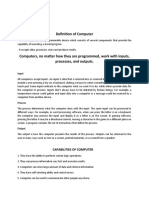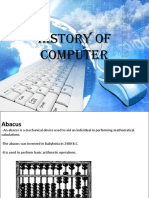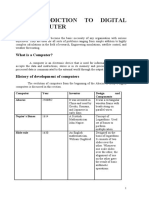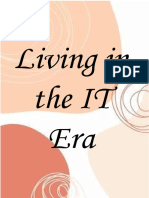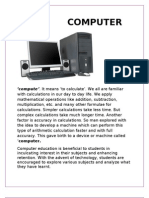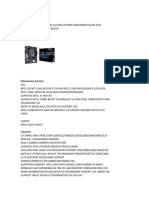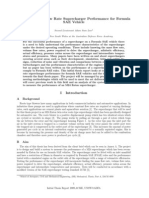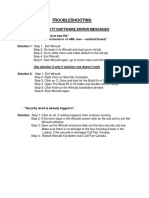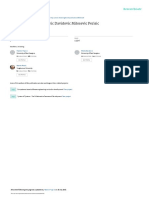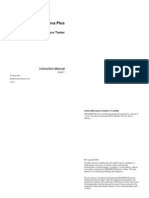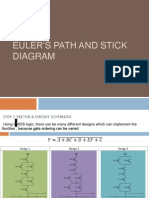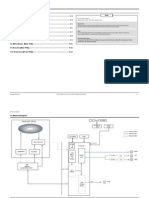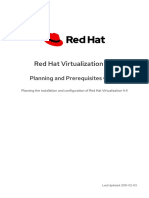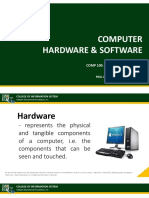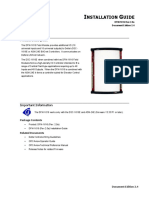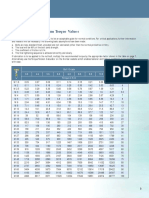0% found this document useful (0 votes)
13 views7 pagesClass 11 CH 1 PDF Computer System
The document provides an overview of computer systems, detailing their functions, advantages, and disadvantages. It discusses the evolution of computing devices from the abacus to modern supercomputers and smartphones, highlighting key inventions and milestones. Additionally, it explains the components of a computer system, types of software, and system utilities that manage and optimize performance.
Uploaded by
sahu292008Copyright
© © All Rights Reserved
We take content rights seriously. If you suspect this is your content, claim it here.
Available Formats
Download as PDF, TXT or read online on Scribd
0% found this document useful (0 votes)
13 views7 pagesClass 11 CH 1 PDF Computer System
The document provides an overview of computer systems, detailing their functions, advantages, and disadvantages. It discusses the evolution of computing devices from the abacus to modern supercomputers and smartphones, highlighting key inventions and milestones. Additionally, it explains the components of a computer system, types of software, and system utilities that manage and optimize performance.
Uploaded by
sahu292008Copyright
© © All Rights Reserved
We take content rights seriously. If you suspect this is your content, claim it here.
Available Formats
Download as PDF, TXT or read online on Scribd
/ 7


